Few of us can recognize, let alone tame the Monster within us. It is far easier to point the finger, or direct our critical eye towards others when life does not go our way. While many self help books preach that the answer lies within, the irony is that so does the problem. Throughout the ages literature and fiction have given us examples and stories of “The enemy within”. Sadly we have been so desensitized by these stories, that we believe them to be literally fiction and not the metaphoric life lessons they are.
Examples of these stories can be found throughout history in classical fiction such as: Dr. Jekyl and Mr. Hyde. Even Mary Shelley’s Frankenstein is more about the creation of the monster than the monster itself. While it is written as a separate entity from the doctor that created it, it is still referred to as Frankenstien, or Frankenstein’s Monster. Most of these fictionalized accounts deal with good intentions gone bad. Phrases like: “The road to hell is paved with good intentions”, “be careful what you wish for” and “The Devil within us” all show a common denominator when it comes to dealing with this internal conflict. Many of these stories end up in tragedy due to the attempt at destroying the “Monster Within”. Our first inclination is to assume that without evil, good will succeed! This is not necessarily true. Without evil, there is no concise definition of good. One cannot live without the other. They are symbiotic. It is more about how to tame, or incorporate the Monster, than destroy it.
My favorite example of this fictionalized conflict of our good and bad sides was written by Richard Matheson for the first season of Star Trek back in 1966. “The Enemy Within” had to do with Captain Kirk being involved in a transporter malfunction. It separated his good side from the evil and created two separate Kirks. Throughout the story it is apparent that the Evil Kirk was selfishly motivated and never considered the long term consequences of his actions. Meanwhile, the Good Kirk had compassion with no sense of self esteem, or ego, hence causing him to have no foundation for wise decision making. In short, without both, there was no balance. One could not exist without the other.
- Recognizing the Monster is the first step: It can appear in the form of a bad habit, or any self destructive behavior. Most commonly it comes across as fear, procrastination, complacency and even depression. It is the part of us that fears change, yet also hates consistency. It is the problems that return to us after we have run from everything else. Because it is part of us. After listening to this litany of negative descriptions, one would wonder why anyone would want to work with it, and not simply destroy it. The reason is actually simple. It is the challenge within us. Without this internal dichotomy none of us would have a clue about how to struggle, fight, or earn our way out of failure.
- The second step is using the Monster: Once you have recognized the monster, half the battle is won. Fear and Failure can be viewed as either self destructive weapons, or powerful tools for accomplishment and success. Once you recognize this, then the Monster can be used. The resistance you feel from the Monster is not insurmountable, if anything it can work quite well as a barometer in life. When you feel the Monster of self-doubt, procrastination, (feel free to place any of your Monsters in the above statement). Then you know you are on the right track. When you feel nothing, then you are in a “Comfort Zone”. While not necessarily a bad place, (especially when resting), it is not a good place for productivity and growth. Remember, your monster doesn’t want you to succeed. Not because it hates you, but because it hates change and fears the responsibilities of what comes next.
- Keeping The Monster Under Control: Balance and awareness is the best way to keep the Monster under control. Awareness is the realization of what you are doing and why. If you are angry? Why? If the answer is unclear then your Monster is more in control than you think. How much of your day is full of useless activities that end up replacing the tasks you need to complete for your goal? Do you even have a goal? Your Monster does. It wants to keep you from yours. At the very least the knowledge of your Monster will give you a heightened awareness of what you need to work on, or avoid. This awareness gives you the tools to create the balance needed between you and your Monster. (Just like the 2 Kirks becoming one again).
True, the majority of this blog is based on metaphor and an interpretation of a favorite Star Trek episode to explain my inner Monsters. But why doesn’t that make it as legitimate as an inch thick self-help book? The truth is, it does for me and hopefully it will for others too. All of us have our demons, or our “inner Monsters” to contend with. How we deal with them defines how we deal with life, thereby revealing our character. If it was all easy, life wouldn’t be a challenge.
I hope you’ve enjoyed this topic and it has resonated with you. I would love to read your comments, experiences, or suggestions concerning the battles you’ve had with your own Monsters. Please leave a comment behind. You can also sign up for my NEWSLETTER and follow me on your favorite Social Media group.
-Craig Fraser

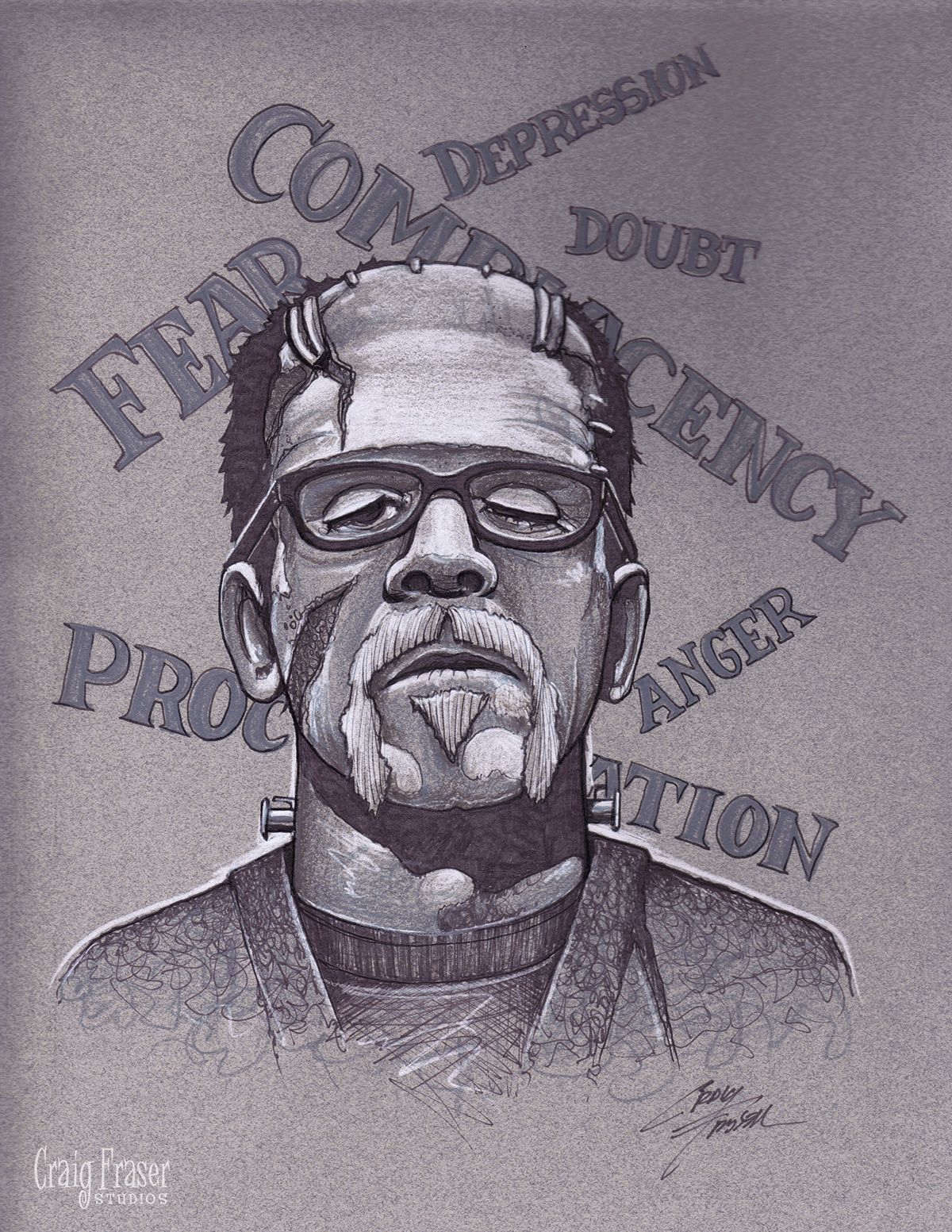
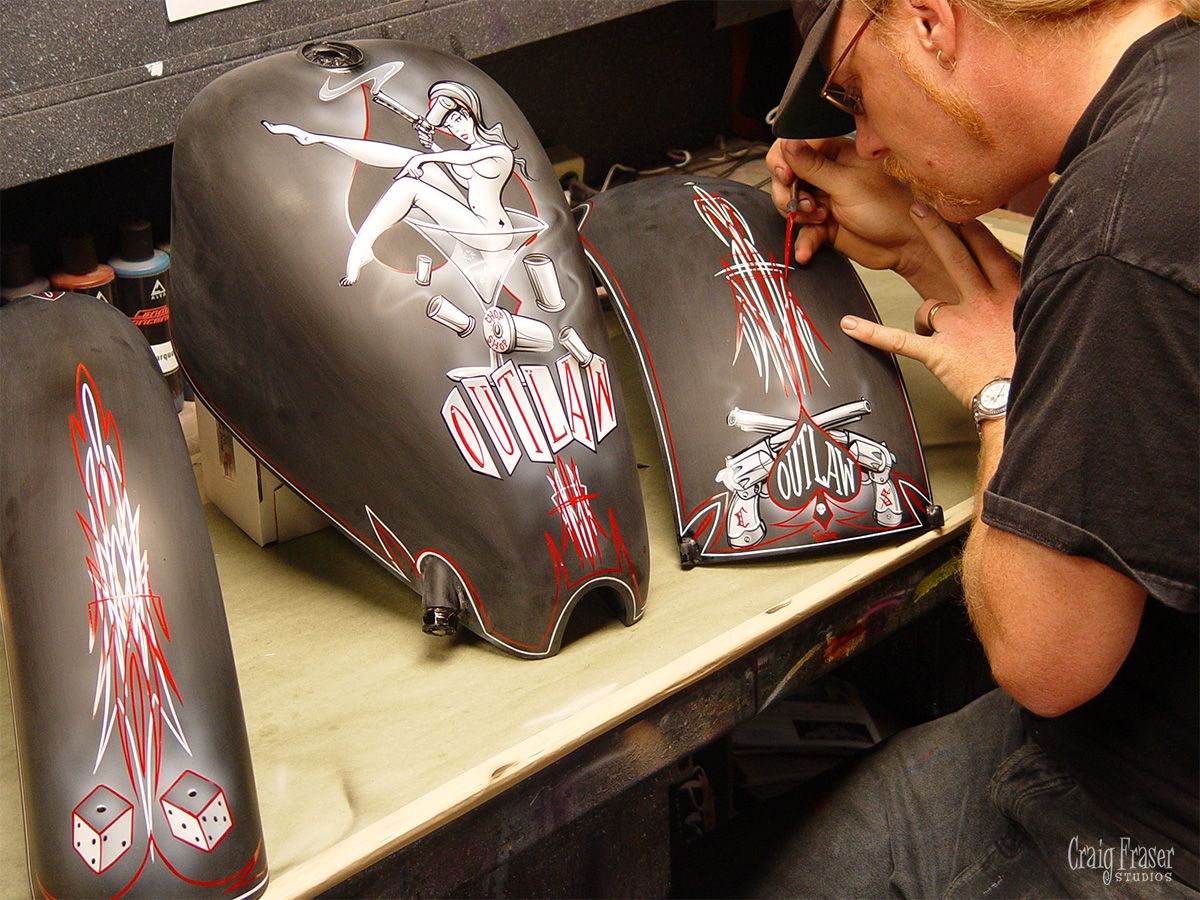
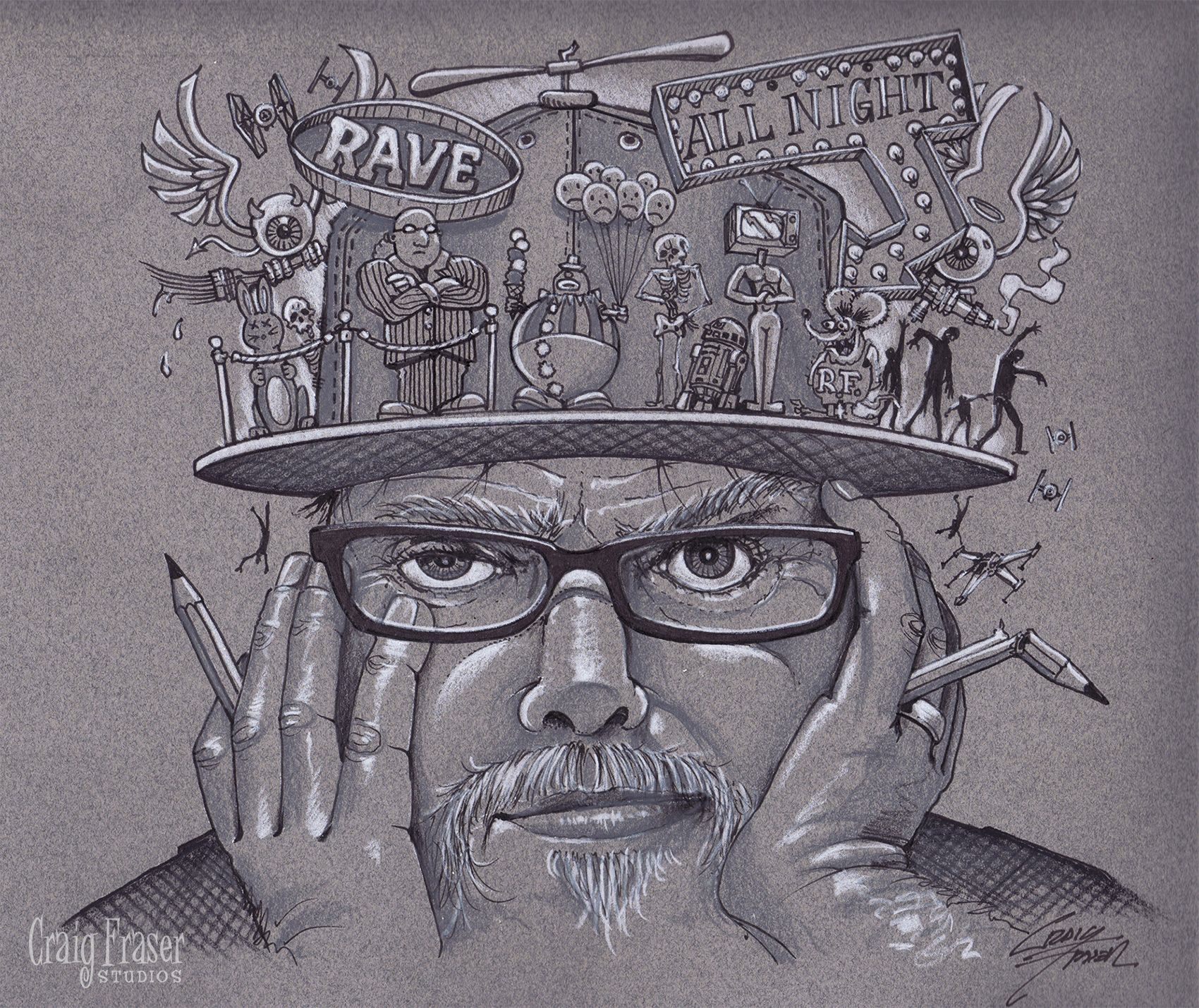
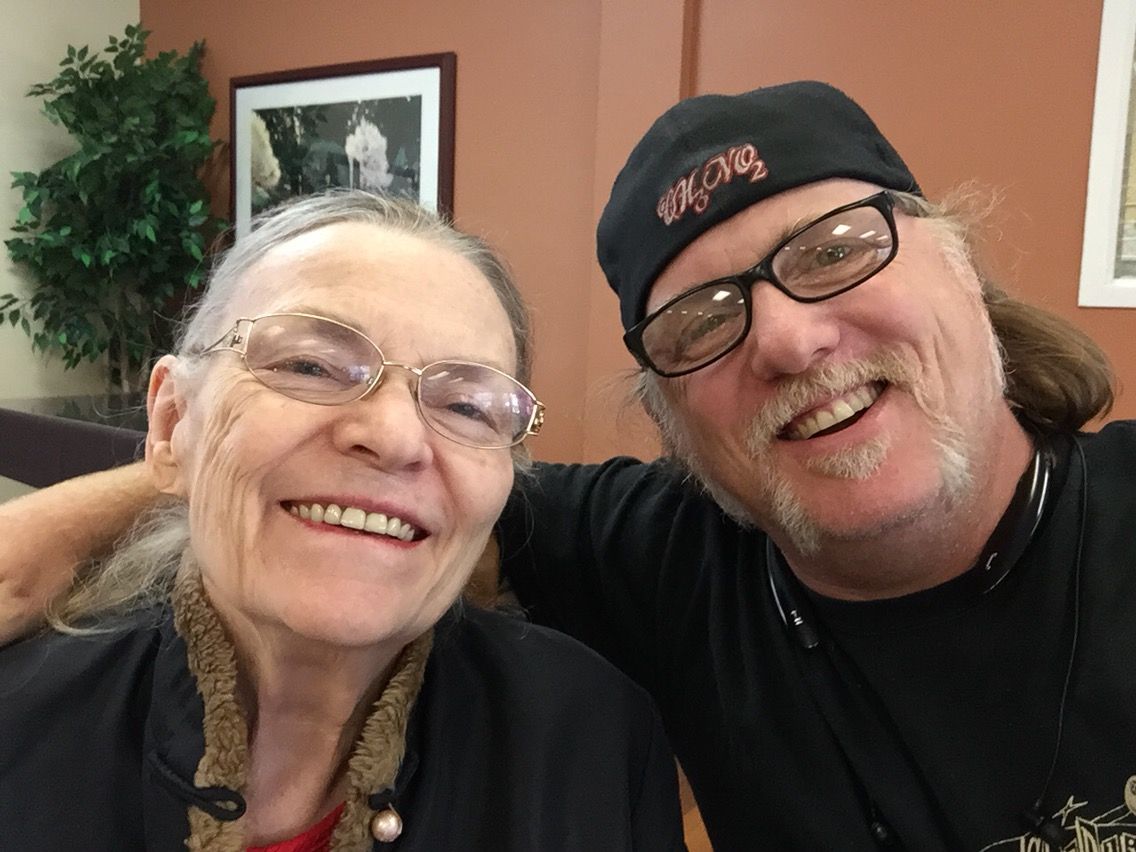

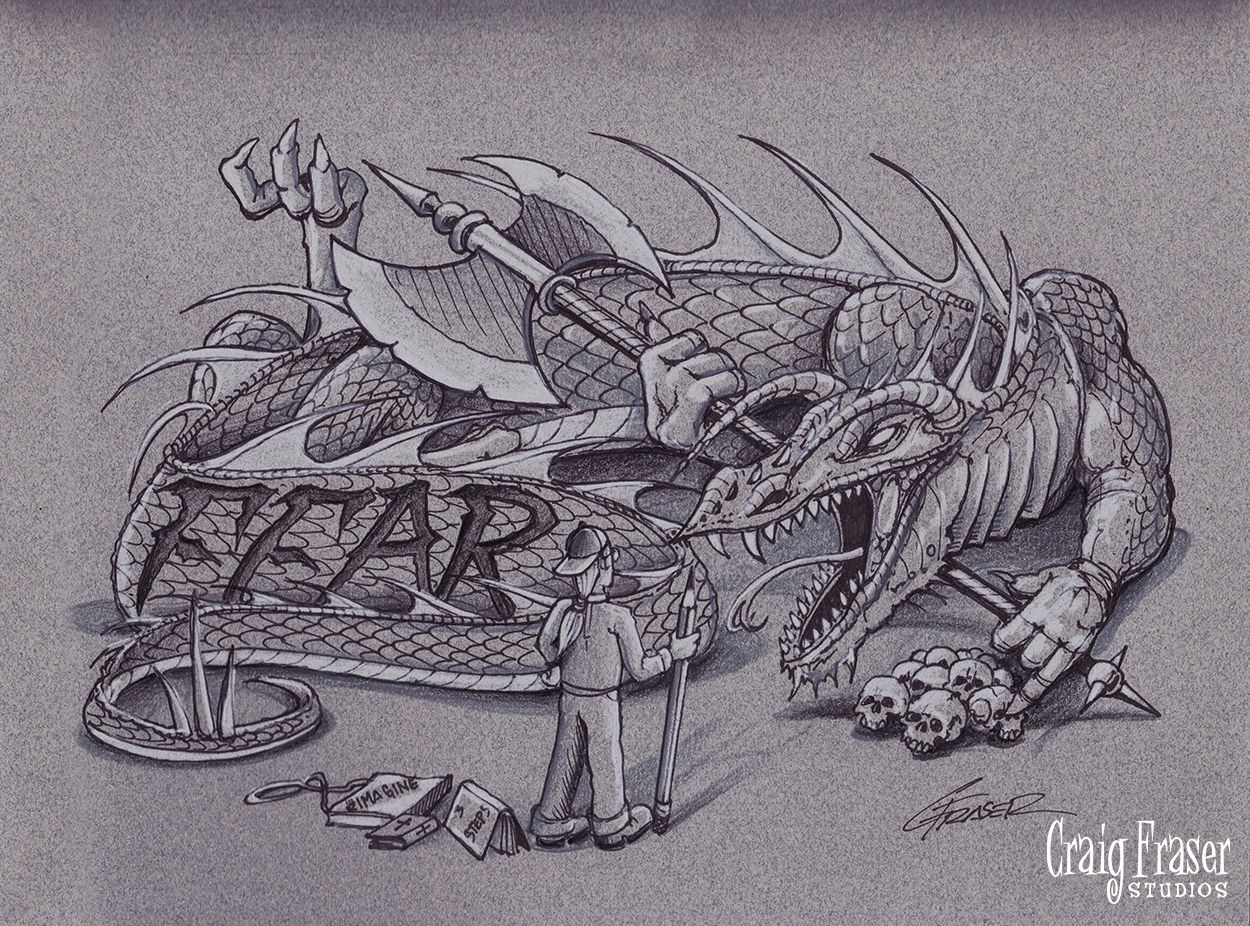
Great topic Craig something that I deal with almost on a daily basis. My monster aka depression and anger has been a monkey on my back since my grade school days I recognized it and sometimes it’s hard to deal with it but I look at the bigger picture and what I want to be and what I want to accomplish. In a way just like you said I harnessed my monster and did something positive with it, the days that I suffered with being bullied in school and being antisocial I took that negativity and use it can practice my artwork. Countless hours spent in a room with a drawing pad and a imagination. To this day I still deal with my demons and I’m still doing my artwork but I look at it this way at the old adage what doesn’t kill you will make you stronger. Thanks for the great topic Craig and an outlet to relay my message.
Great read, Craig. Just wanted to thank you for all of the free content you put out there.
Hoping to catch up with you at SEMA on life and the topic of Alzheimer’s as I recently lost my mother in law to this terrible disease.
Take care and safe travels, Johnny.
Sorry to hear about your loss. Look forward to seeing you at SEMA.
Great stuff, like the old Native American adage “Good wolf Bad wolf, whichever you feed becomes stronger”, except what ur sayin Craig, is what I lIke to spin off of that adage,…I feed both wolves, & now they both fight for me! It’s easy to feel overwhelmed or what’s the point, but whatever the emotion is we must learn not to judge ourselves for feeling that way or question why, but accept that its ok, it’s human, but then release it or harness it to our advantage, as opposed to letting it consume us, dictating our actions in unhealthy ways. I was really thrilled to discover a true teacher that can help me be a better artist, I had no idea that I’d find something this great on life, at ur site too, thank you, because I have grown both as an artist & a person! For me, one doesn’t exist without the other! Great stuff Craig
Craig,
I took your Steam Punk class at the Rendezvous in Anaheim and I just wanted to say that the stories and speeches you gave us while working were just amazing. I took up airbrushing as a way to rid myself of my monster after losing my father and fiancee in the same year. After hearing the speeches and reading this article, I truly wanna thank you for that. It truly was an amazing experience and I hope to take many more classes with you and learn more.
P.S. I was the one the one that complimented you on your cap… Nitro Garage
Thank you,
Steve Valdez